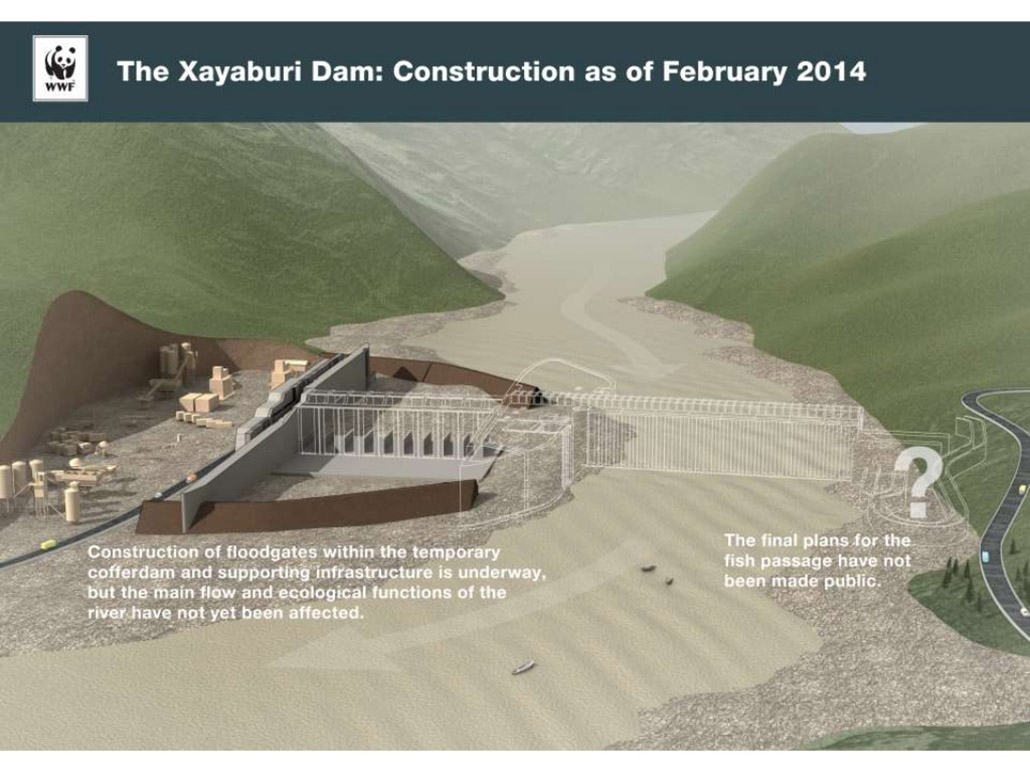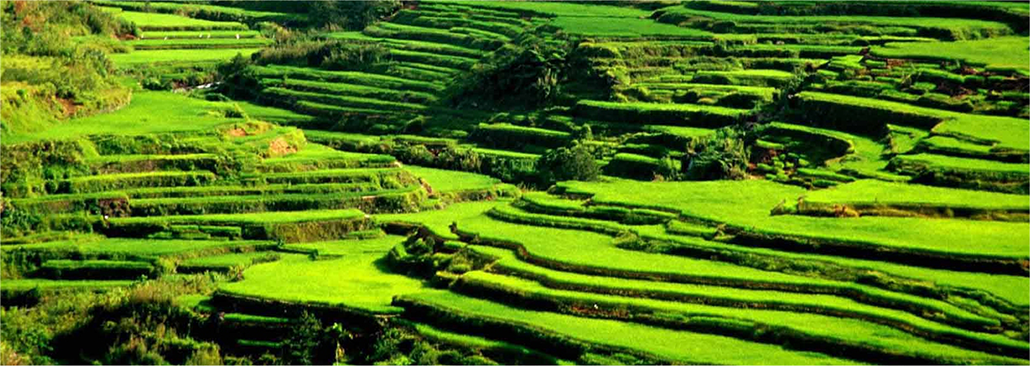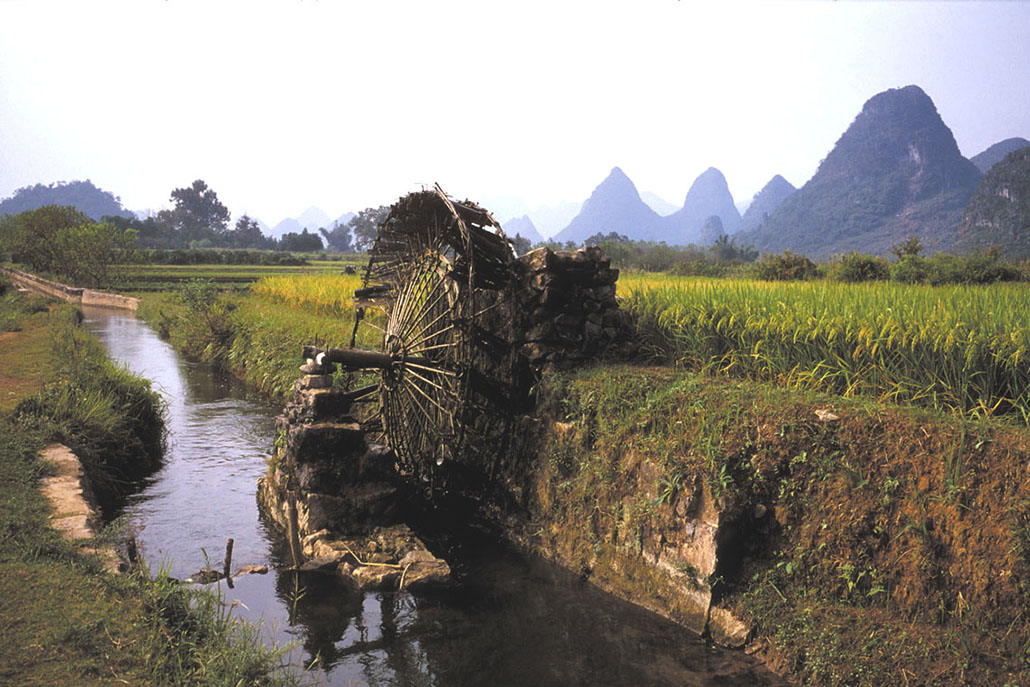GMS Food and Energy Security
Place: GMS • Dates: 2012-13 • Partner: ADB
Project Summary
The GMS is comprised of five member countries, including two separate administrative regions of China. Although potential exists across most of the area circumscribed by these borders, the eponymous Mekong catchment area dominates this sub-region in terms of hydroelectric capacity and potential. Because it is also an essential shared resource for all the member countries, we focus more attention on it in this study. As one of the world’s great rivers, the Mekong traverses six nations along its 5,000km pathway from the Himalayas to the South China Sea. In addition to supporting a vast reserve of regional biodiversity, the Mekong offers three primary economic services to the millions who live along its banks and hundreds of millions beyond: transportation, renewable fresh water, and (increasingly) electric power.
In all three categories, the GMS is considered to be well below its long-term economic potential. Riverine transport is challenging in this catchment area, but determined national and multilateral investments are integrating it with an ever-expanding web of road and rail transport. Most significant perhaps are the new GMS corridors, and north-south and east-west transept that promises to be a growth bridge between the region and the global economy.
The sub-region’s unrealized potential for agrofood development and electric power production remains immense and, if properly managed for these uses, the Mekong’s water supply can be the guarantor of sustained prosperity for all GMS countries. This region’s climate and soils are congenial to very high agricultural productivity, but investments in agriculture are severely constrained by low average incomes. The elevation change across the GMS confers enormous hydroelectric potential, but again investments thus far have only realized a small fraction of this. Indeed, the region is currently trapped in a low-investment equilibrium, where the majority of the region lacks financial resources to animate its rich resource base and rural poverty prevails. More extensive investments that stabilize and more effectively distribute annual water flows, while at the same time harvesting electric energy, could dramatically increase per capita agrofood production and incomes, sustaining the basis for long term growth and regional economic convergence. This situation presents a strong case for more active policy intervention, promoting public and/or external investment to unlock the regions agrofood and energy potential.
This report assesses the sub-region’s economic potential from the perspective of water use in agriculture and electric power production, policies that can better realize this potential, and how the risk of climate change may influence these. Generally speaking, our results suggest that optimism regarding the economic potential of GMS agrofood and hydropower is justified, but simple promoting these agendas at the national level, individually and independently, will not realize this potential. Electric power development alone will benefit energy consumers, but producing countries will see the development basis of their economies narrow and their terms-of-trade deteriorate. Agrofood development will improve national food security, but in isolation the lower income countries cannot fully exploit their agricultural potential and again their development path will be a narrow one. Only by combining water for food and water for energy in a coherent framework of multilateral cooperation can the rich natural resources of the GMS be developed with an appropriate combination of growth catalysts, private investment and market agency that comes through regional economic integration.
Finally, we assess the threat to the GMS of climate change, as this would arise from limiting annual average water flows. Our results suggest that, at least for the next two decades, growth policies of the kind just described can more than offset such risks. Water resources are so underutilized in the GMS that the potential for use improvements far outweighs the medium term risk of Mekong flow attenuation. This means the region can focus on cooperative water use solutions and share the bounty of this resource without economic rivalry.
Most Recent Entries

Low Carbon Biomass Conversion in the Sierra Nevada






